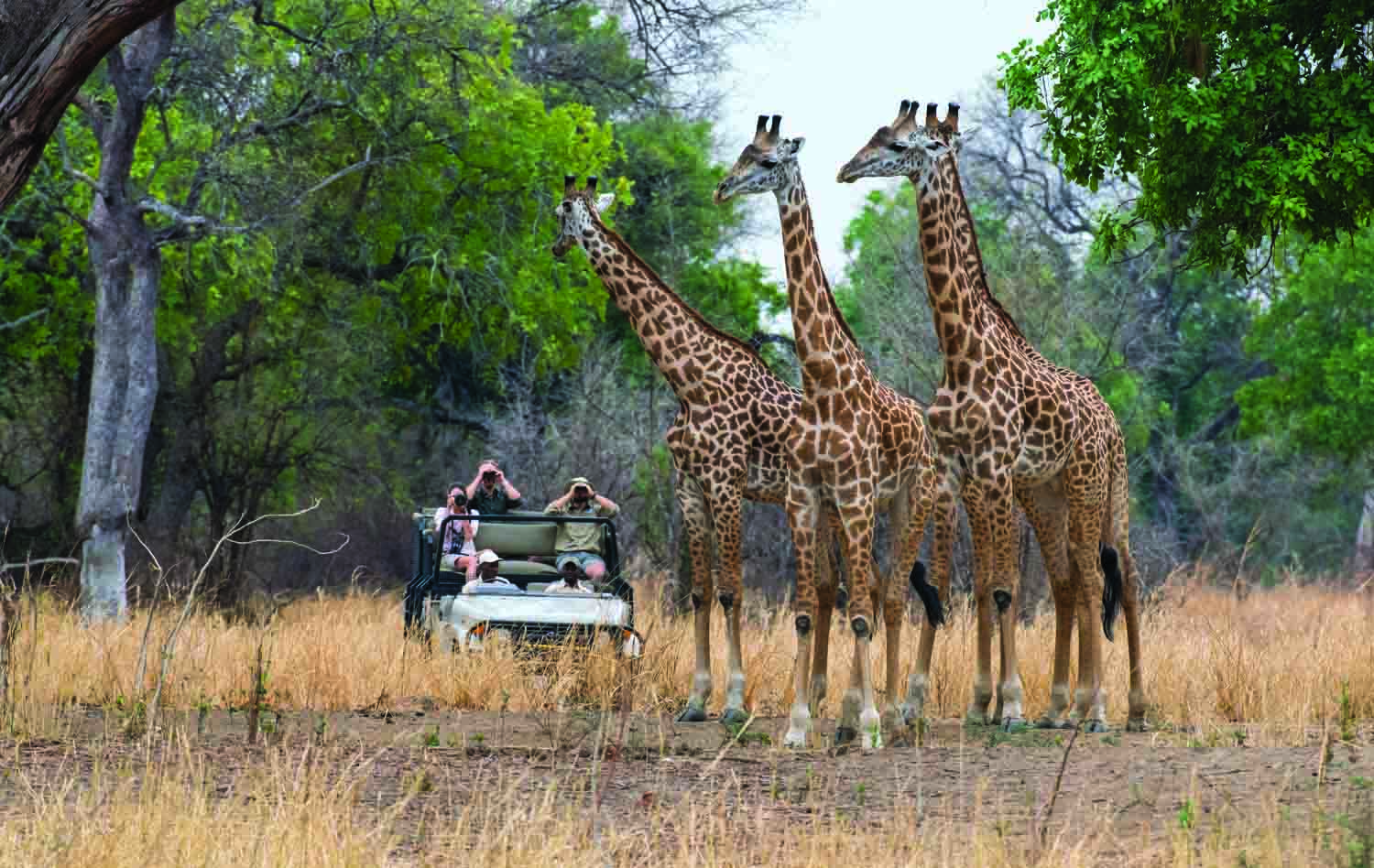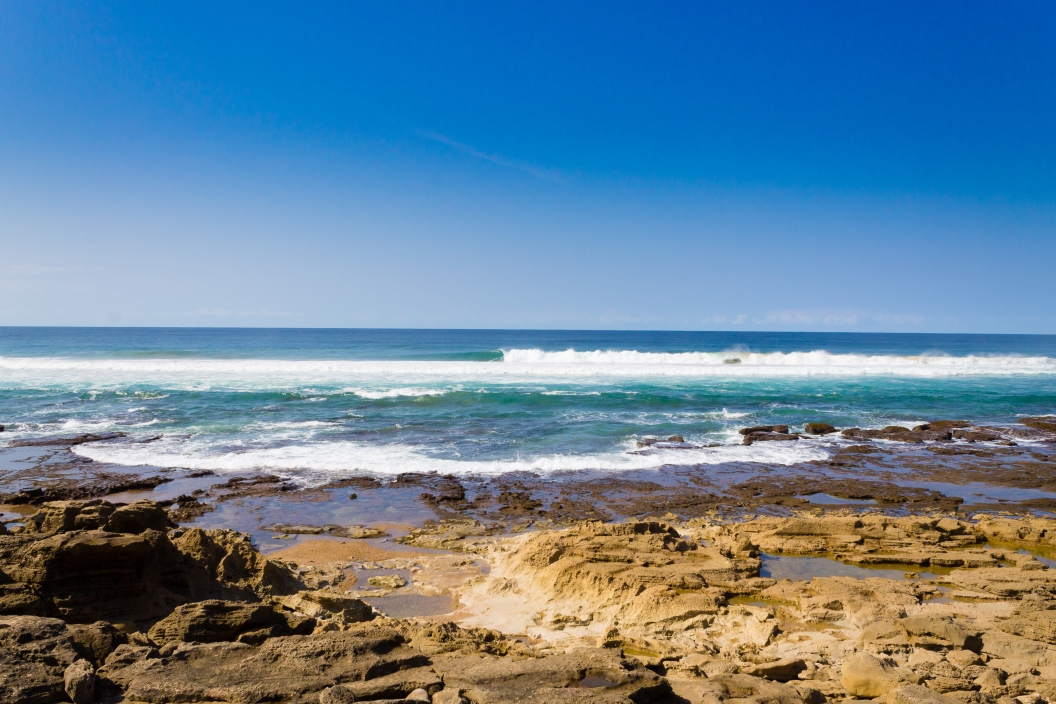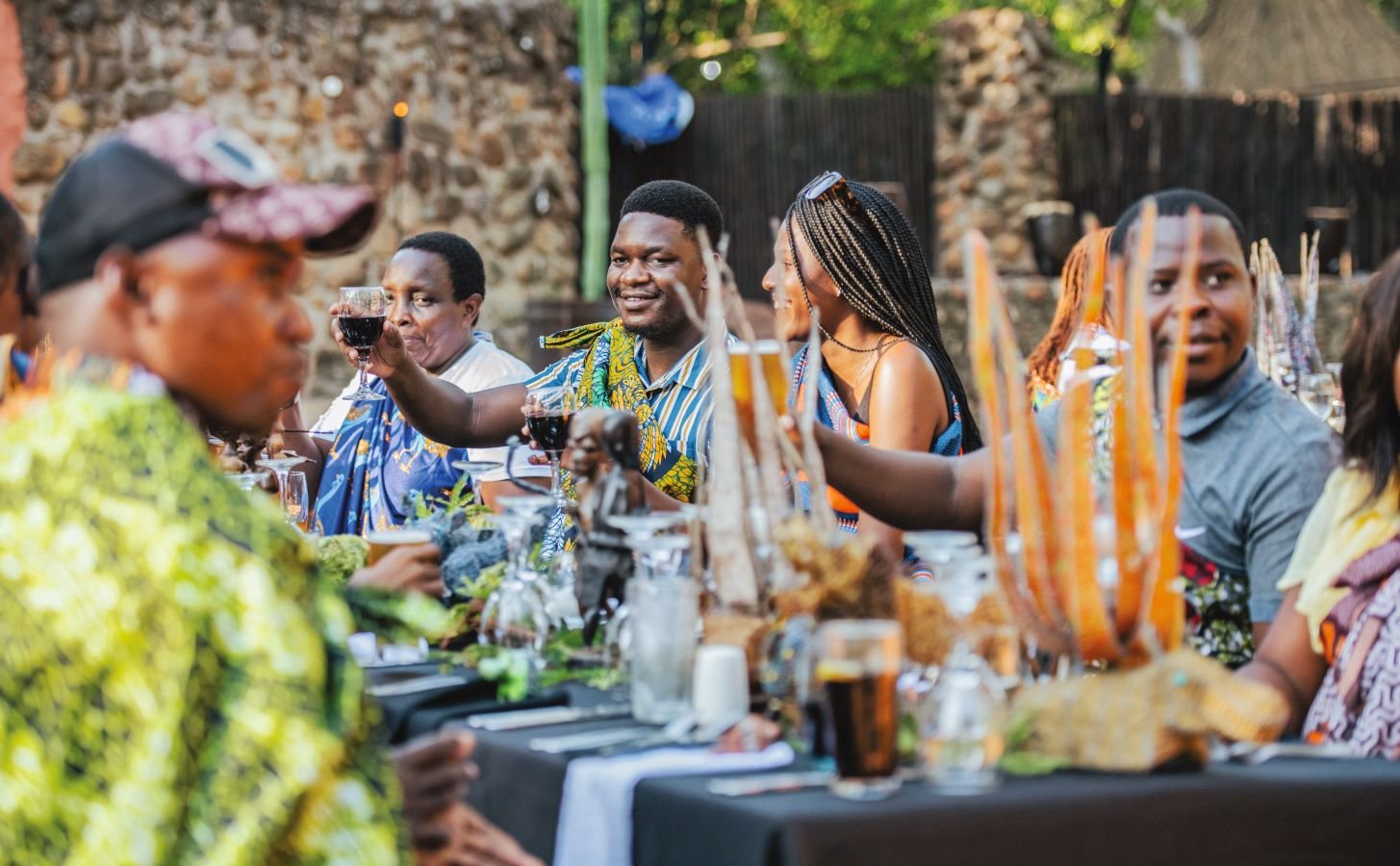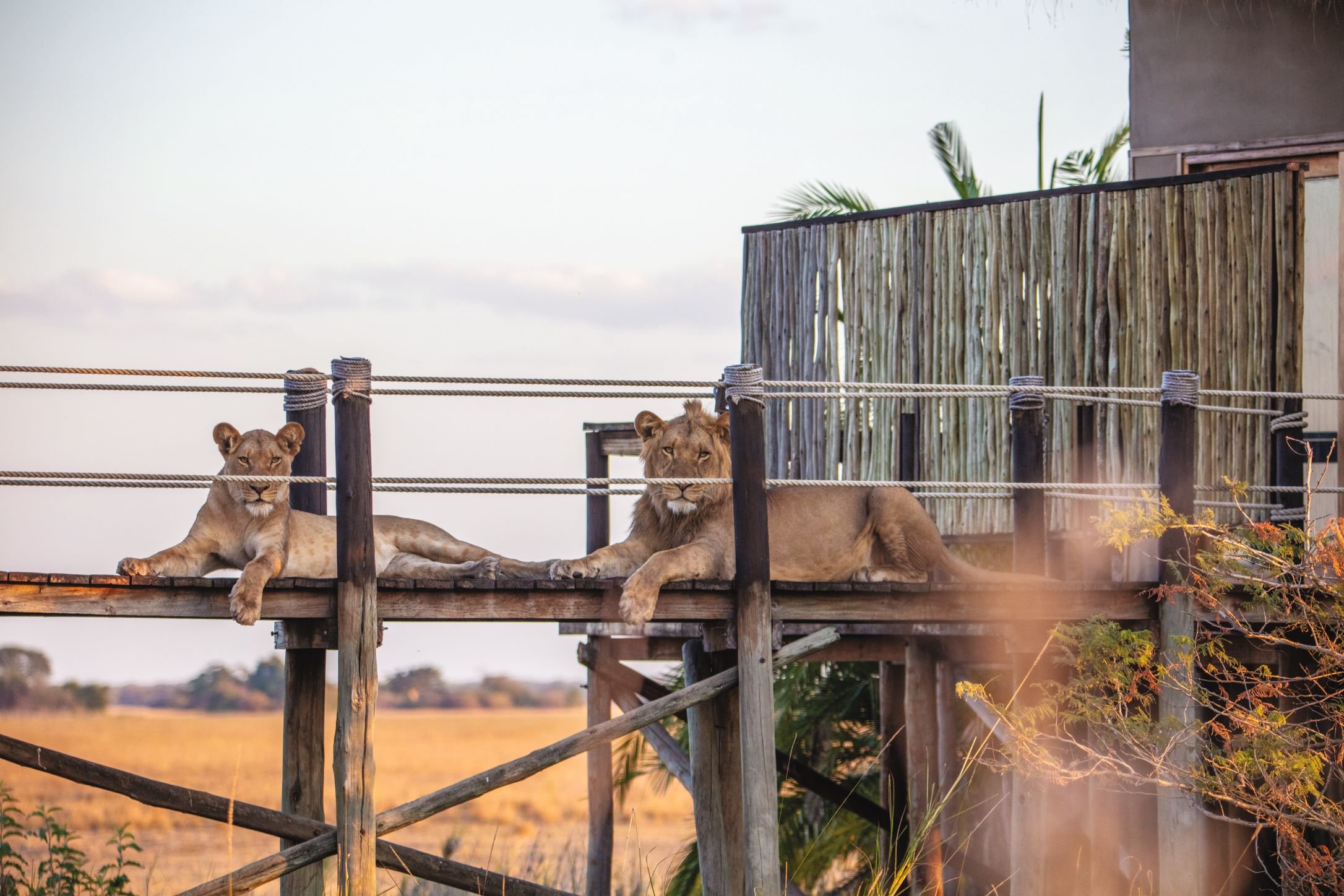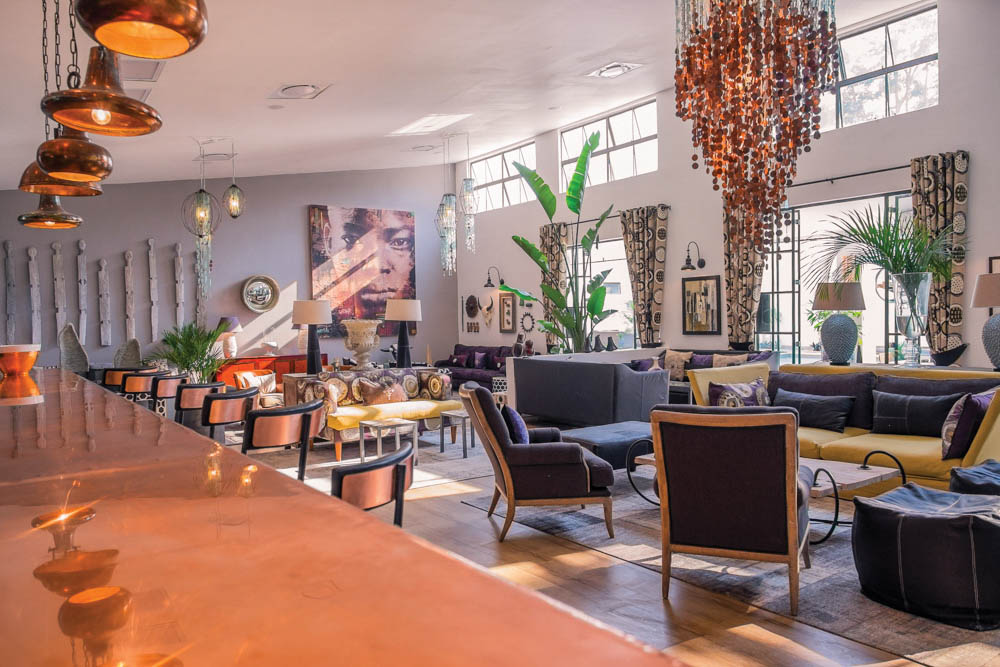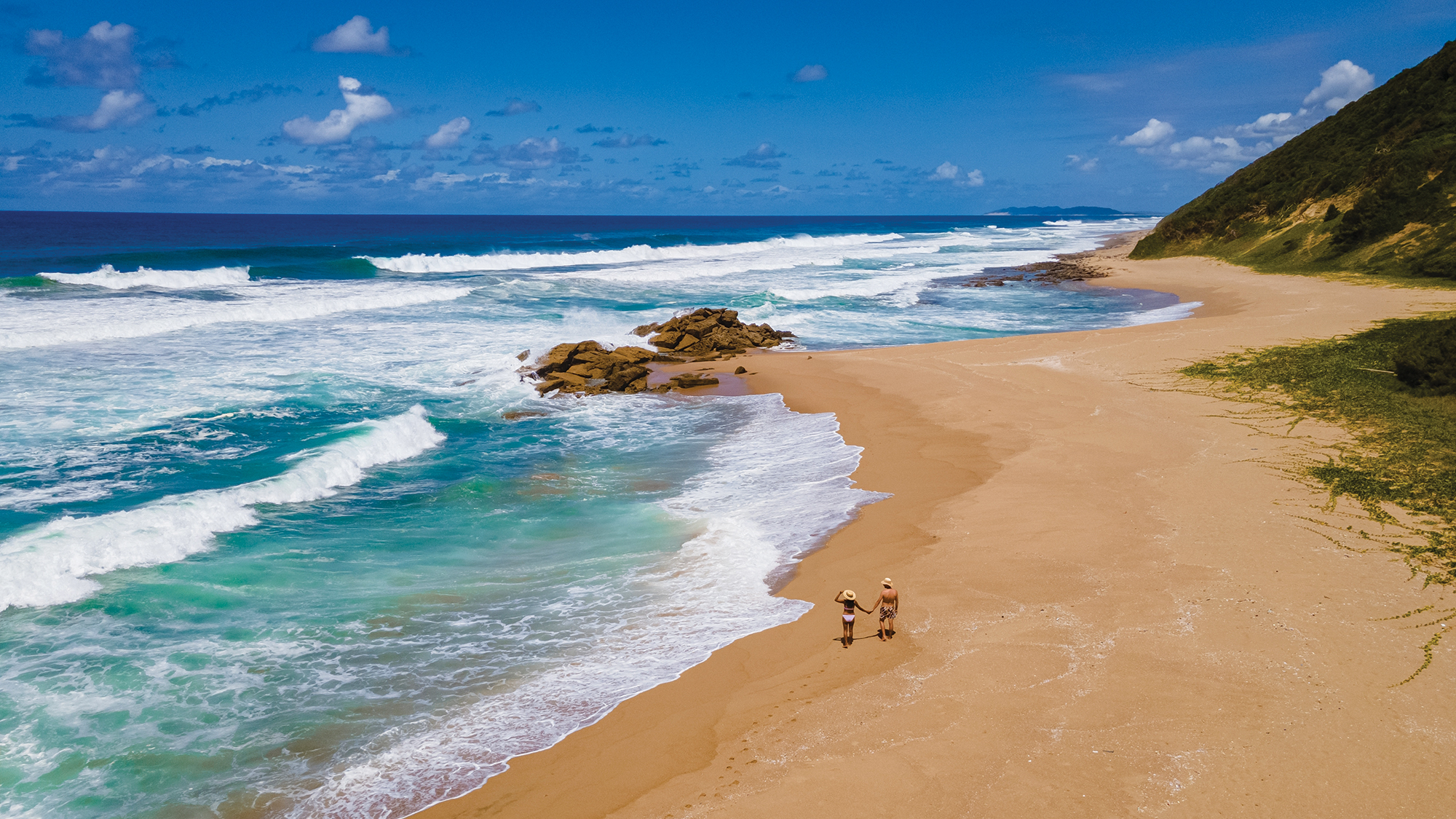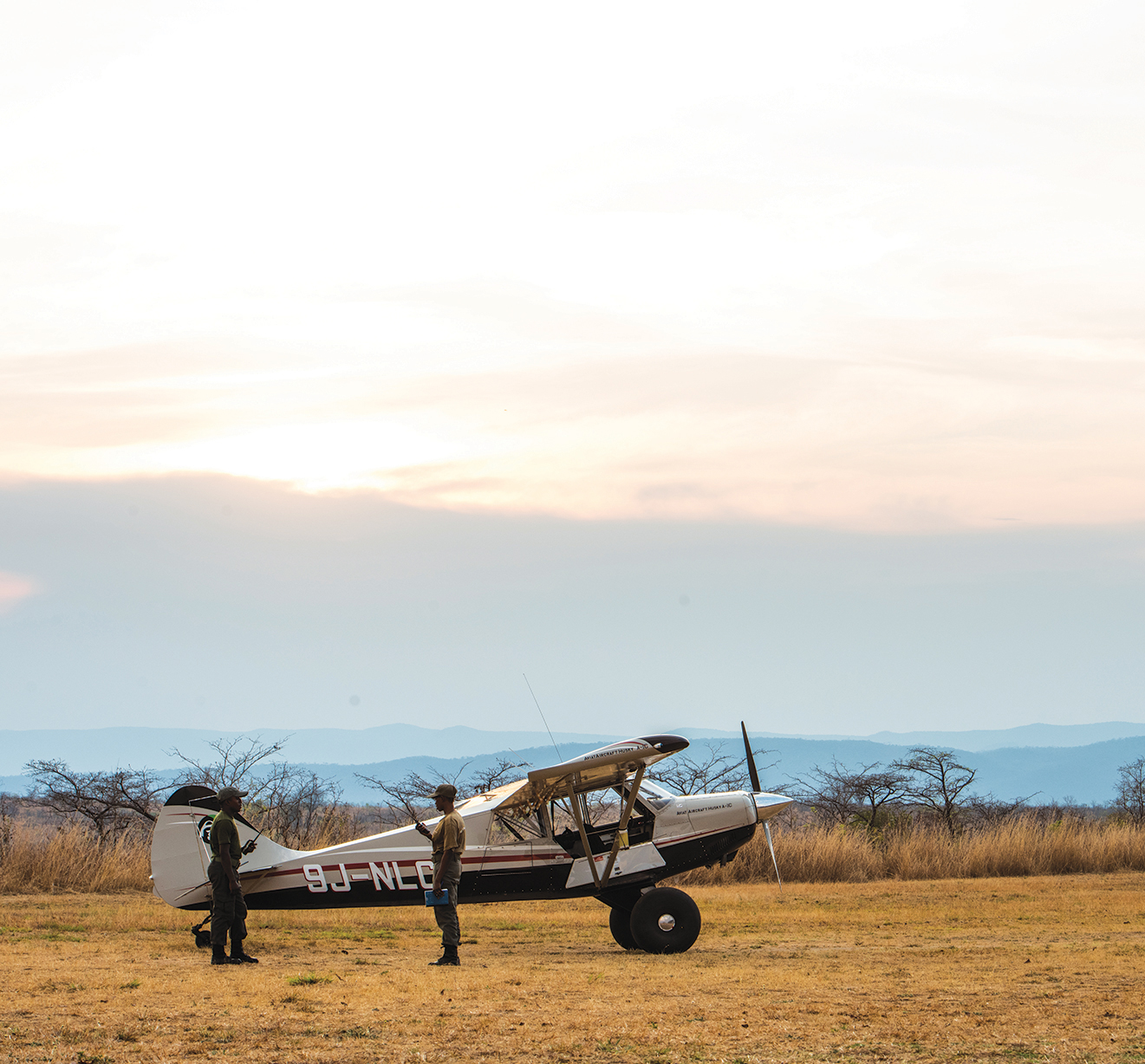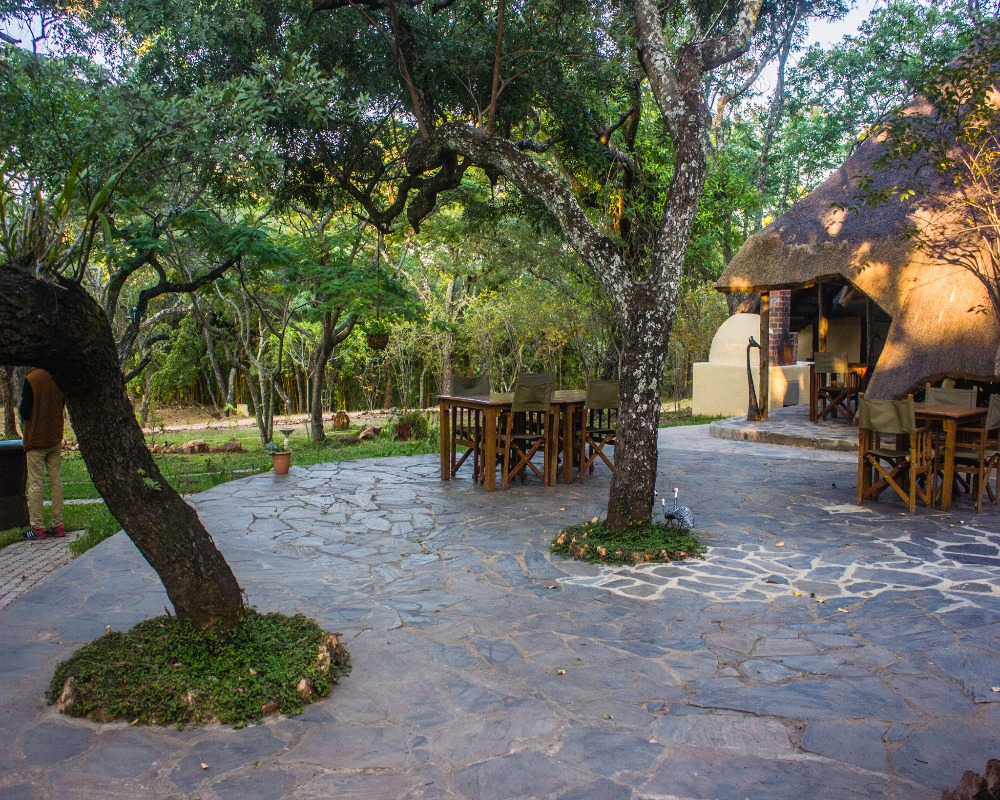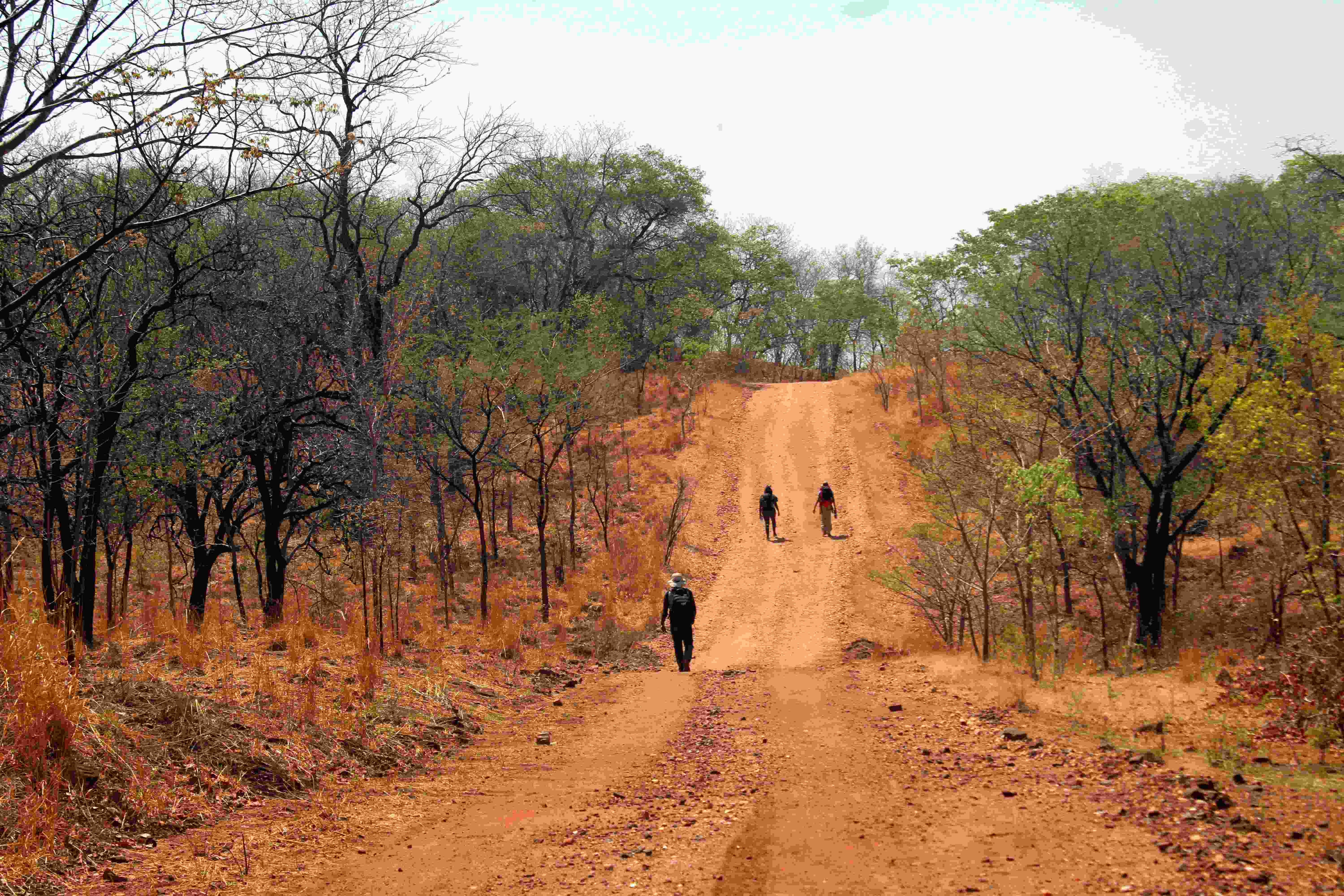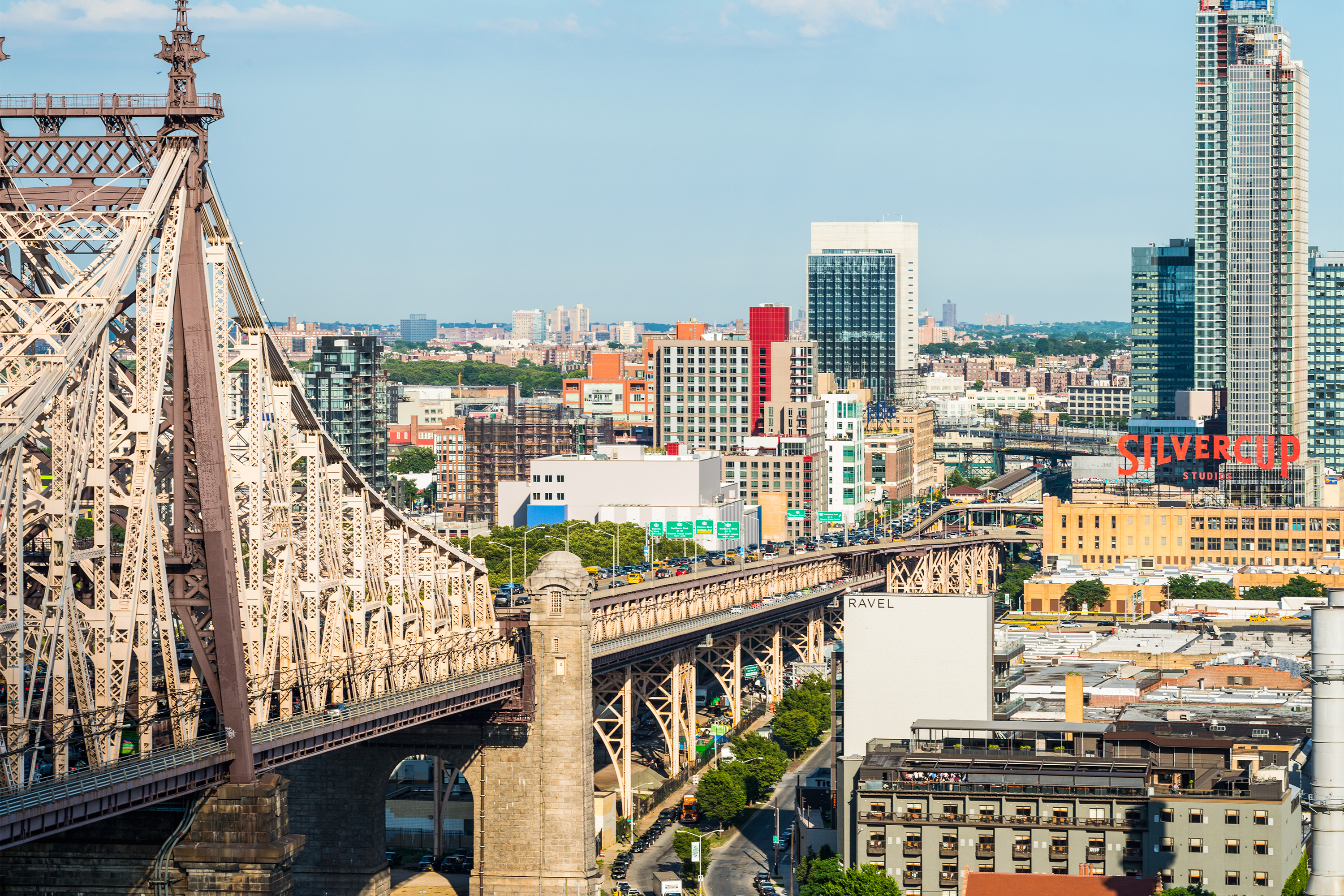Zambia has 20 national parks and over 30 game management areas. Kafue National Park is the largest park and Mosi-oa-Tunya National Park is the smallest.
Zambia’s countryside is as diverse as its people. From sprawling savannah to marvelous miombo, its terrain remains largely untouched and as such makes it a great location for the best national parks on the continent and dare I say, the world. What follows is a list of some excellent national parks in the country. Whether you’re into birding, flora and fauna or rare animal species, there’s something here for every nature and wildlife lover.
The list of national parks here is not extensive, but these are some of the best places to visit for a memorable nature experience and some of the most accessible parks.
The wildlife and flora of Zambia is part of our heritage and should be a source of pride for us. Get out there and enjoy the unique national park adventures that Zambia has to offer.
Keep in mind
- Check park listings to see your options, travel packages, park fees, travel routes and accommodation on offer.
- Wherever possible take the opportunity to learn about the people, culture and history of the areas you visit.
- Remember to be patient; one game drive may reveal a plethora of animals while you may only encounter a few in the next.
- Be considerate of the wildlife – you are in their territory, listen to you guide and keep your surroundings clean.

LOCHINVAR NATIONAL PARK
This park is teeming with history. It was once a Late Stone Age and also an early Iron Age settlement. Various artifacts including stone weapons and iron tools were discovered here. Though the tools aren’t on display, the drum rocks where initiation ceremonies occurred and other points of interest, including a giant two thousand five hundred year old baobab tree on Sebanzi Hill, give you an idea of the land’s antiquity. The plains here provide scenic views and the Gwisho Hot Springs are definitely something you want to see.
Lochinvar started out as a ranch owned by a Scottish family and early settlers killed off all predators and large cats. You can still see Kafue lechwe (found only at Lochinvar and areas along the Kafue Flats); hippo along the Kafue River, buffalo, and over four hundred bird species. It is a birdwatcher’s paradise and the only place you can see the Zambian barbet in flight. Other birds include Egyptian geese, black-winged stilts and crowned cranes.
Lochinvar National Park is located near Monze in Southern Province.
The Zambian barbet aka Chaplin’s barbet present in Lochinvar is Zambia’s only endemic bird species. It is also the bird depicted in the country’s one kwacha coin.
Lochinvar is home to an estimated 28,000 Kafue lechwe, a semi-aquatic subspecies of the southern lechwe, found only in the Kafue Flats area

KASANKA NATIONAL PARK
Imagine witnessing ten million straw coloured fruit bats take to the skies and virtually blot out the sun. Though Kasanka is one of our smaller national parks, it plays host to the largest mammal migration in the entire world. These ‘flying fox’s’ wingspans can grow up to 1.7 metres wide and millions of them fly in from the Congo to Mushitu Swamp Forest in the park for two months (November to December). Their sheer weight and numbers can cause trees to snap and this bat exodus is quite a spectacle to behold during the early morning and at dusk.
Bats are not the only flying creatures you can see here. The bird species count stands at just over 450 and ones to note include the rare Pel’s fishing owl, hornbills, African fish eagles and Ross’s turaco.
Activities at Kasanka include boating, safaris and fishing. The Kasanaka Trust has introduced some zebra and buffalo to the park. During game drives and walks you can also spot sitatunga, warthogs, elephants, puku, Lichtenstein’s hartebeest and hippo among other wildlife.
Kasanka is found near Serenje in Central Province.
Kasanka is Zambia’s first privately managed national park and is run by the Kasanka Trust.
35 km from Kasanka is the Livingstone Memorial, marking the spot in Chitambo Village where Scottish explorer David Livingstone died.

SOUTH LUANGWA NATIONAL PARK
Probably Zambia’s best known national park, South Luangwa is located along the Luangwa River in the eastern part of the country. The establishment of this national park was influenced by Norman Carr, the famed British conservationist that pioneered the walking Safari. In fact, South Luangwa is the birthplace of the walking safari. The park is revered for the diversity of its animals and numerous wildlife documentaries have been filmed in South Luangwa.
Even though it is one of the remaining unspoilt territories of Africa, the game in most areas of the park has become accustomed to frequent encounters with vehicles and is quite tolerant of human activity. This could be one of the best places on the planet to get up close to big cats like lions and leopards, and they are plentiful here. Cookson’s wildebeest is endemic to Luangwa and the Thornicroft giraffe (found only in the Luangwa Valley) can be seen with its head high up in the woodland trees as carmine bee-eaters make their calls and lilac-breasted rollers fly above them. You can also spot herds of elephants and buffalo in the park.
The Luangwa Valley has Zambia’s largest wild dog population, making South Luangwa the best place to view these cunning hunters
South Luangwa has some of the highest concentrations of wildlife among African national parks

MOSI-OA-TUNYA NATIONAL PARK
Mosi-oa-Tunya National Park borders the upper section of the Zambezi River and hosts one of the Seven Natural Wonders of the World, the magnificent Victoria Falls. The spraying water and sheer magnitude of the cascading river has a spellbinding effect that the kids won’t forget and will have your lover clinging to your arm. The best times to visit are between June and August, but I urge you to be cautious with the selfies because your phone might get wet!
This park is small, but still a great experience with a variety of animals to witness.Visitors can drive their own off-road vehicles through the park or go on organised open-vehicle game drives. During these drives you can see giraffes, Burchell’s zebra, elephants plucking at marula trees, warthog, buffalo, hippo, white rhino, several antelope species, vervet monkey and a variety of multi-coloured birds.
The Mosi-oa-Tunya National Park is in Southern Province near Livingstone.
The Mosi-oa-Tunya National Park is divided into two sections: the Victoria Falls area and the wildlife sector.
The Old Drift Cemetery, the final resting place of early European settlers, is located within Mosi-oa-Tunya National Park.

LIUWA PLAIN NATIONAL PARK
A guide told me that the word ‘liuwa’ roughly translates as ‘plains’ in Lozi, so having ‘plain’ in the park’s name is a little redundant. Perhaps this was done for emphasis. The plains stretch as far as the eye can see and the expansive grasslands are emerald green in the wet season and bleach blonde when the land is parched. The vastness of the area gives the sky an even more infinite feel, making sunsets seem like they last longer. You might just shed a tear witnessing the sun’s descent over the savannah.
Liuwa is most notably known for having Africa’s second largest wildebeest migration. Here you can see tens of thousands of the blue wildebeest running across the plains. There are numerous other animals and even though lions live in the park, the spotted hyena is the apex predator here.The park was also the home of the late Lady Liuwa, an enchanted lone lioness who was believed to be the reincarnated spirit of Mambeti, the beloved daughter of the Lewanika’s favorite game warden. One can also spot various birds in flight including the wattled crane, marabou storks and the rosy-throated longclaw.
As if the plains weren’t already captivating enough, the area is known for its spectacular lightning storms.
Liuwa National Park is near Kalabo in the Western Province.
Over 16,000 people live in Liuwa Plain National Park, showing that it’s possible for wildlife and people to co-exist
The park had only one lion in 2003 after years of poaching but the lion population is now up to 13.

KAFUE NATIONAL PARK
One of the largest parks in the world and the second largest in Africa, the Kafue National Park offers so much wildlife diversity and several lodging options. It is also the oldest park in Zambia. There are some evergreen forest lines on the banks of the Kafue River, and the Busanga Swamp and its surrounding areas provide picturesque views of the park and it is a hive of animal activity.
You can spot some of the largest crocodiles on this side of the continent, as well as some leopards, zebra and hippo. Lion, cheetah and leopard can be found in most parts of the park, but the most common animals are puku and red lechwe. The park is also known for its Cape wild dog sightings and elephants and numerous waterbucks and kudu are abundant in the park.
The massive Kafue National Park extends over three provinces, i.e., North Western, Central and Southern provinces.
Kafue has a range of habitats including expansive plains, swamps and riverine forest.
